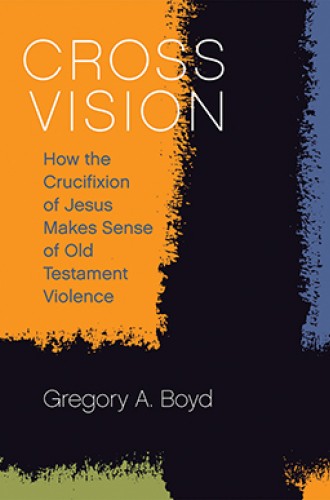Are Greg Boyd and I reading the same Old Testament?
Yes, there’s violence. But there’s also God’s faithfulness and care.
"All my life I’ve tried to believe God was as beautiful as Jesus reveals him to be . . . but I never could fully give my heart to him. I love the God who gave everything for us while we were yet enemies, but I can’t love the God who ever demanded that people mercilessly massacre untold numbers of innocent babies.”
So a woman confessed to Greg Boyd after one of his sermons. She was in her midsixties, confiding a spiritual struggle of decades. Tearfully she told him that “today you helped me see that I don’t need to believe God ever ordered babies to be massacred! I can finally let myself believe God really is as beautiful as the cross reveals him to be! I can finally trust God with my entire heart!”
Boyd cherishes this story. He writes that for him nothing compares to “seeing someone like this woman set free from lingering suspicions about God in order to fully embrace the beautiful loving God who is fully revealed on Calvary.” Although the anecdote appears in the postscript of Boyd’s latest book, in many ways it epitomizes the book’s theological program. Cross Vision takes its departure from Old Testament violence—the problem its subtitle sets forth, and which had for so long taxed the trust of the woman in Boyd’s story. Cross Vision addresses this problem with the crucifixion of Jesus—as a cipher and a source of spiritual relief. Boyd hopes his book elicits from its readers the same breakthrough of trust in God that the woman experienced.






